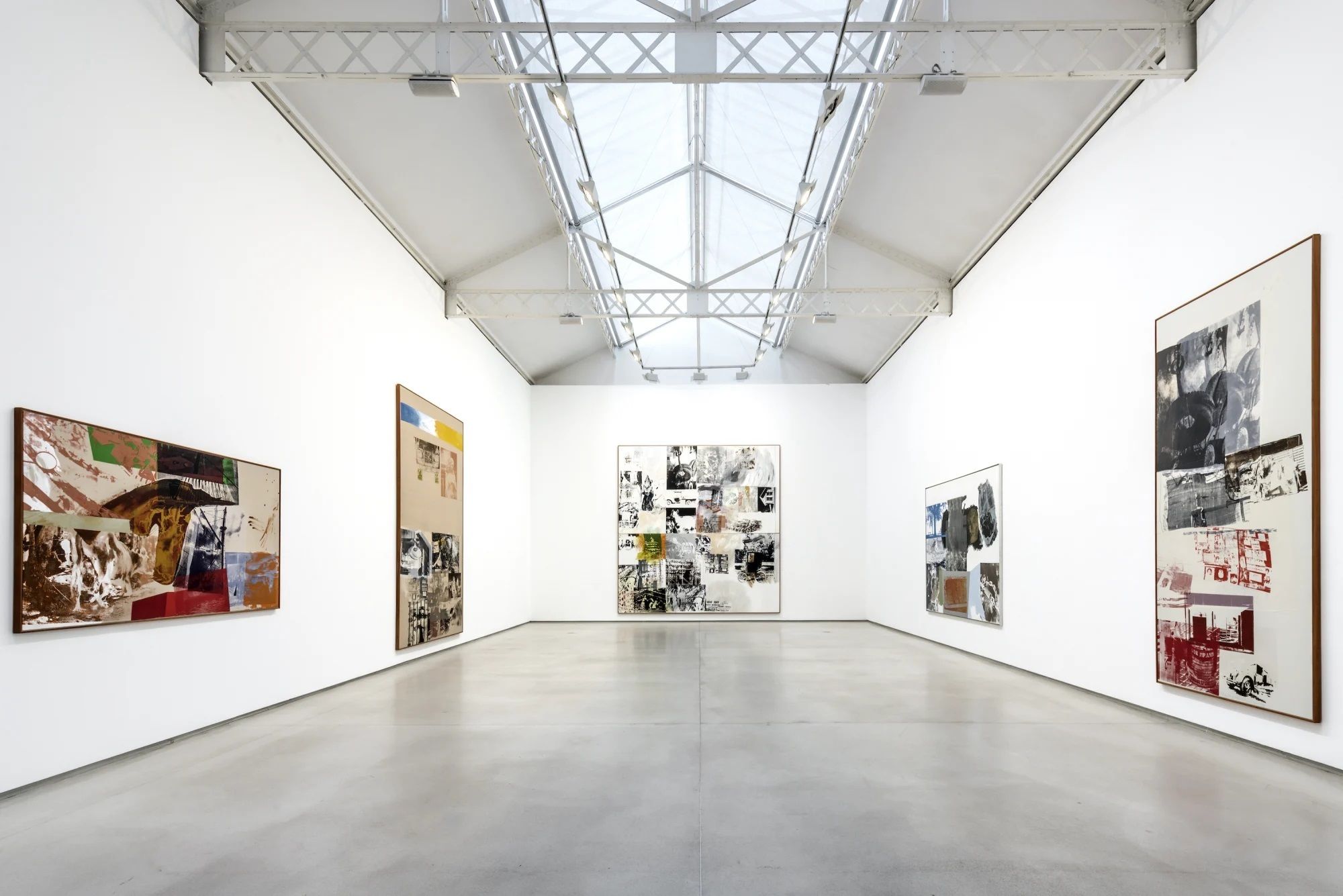Key Principles for Success and Expansion of Galleries

Ty nejvlivnější, k nimž patří Gagosian Gallery, Pace Gallery, Hauser & Wirth, Galerie Thaddaeus Ropac či David Zwirner Gallery, mají určité společné rysy, jež je vynesly až na vrchol. Pozornost upřená k současným trendům, schopnost přizpůsobit se, finanční motivace zaměstnanců nebo sofistikované řízení společnosti jsou jen špičkou ledovce.
Mega-galleries are commercial galleries with large-scale operations and branches all around the world. Their infrastructure and exhibitions are oftentimes equal to the standards of large museums.
The pioneer among “mega-gallerists” is Larry Gagosian, whose success and story has The Guardian likening it to that of Starbucks. He founded his gallery specializing in modern and contemporary art in 1980. Today he employs more than 300 people in 19 exhibition spaces in Europe, the United States and Asia. In addition to selling paintings, he also focuses on education and funds his own publishing company. Similarly conceived are the Pace Gallery, Hauser & Wirth, Galerie Thaddaeus Ropac, and the David Zwirner Gallery. They are all dedicated to the primary and secondary markets, participate in important fairs (ArtBasel, Frieze) and represent the best artists on the market. It is no secret that they compete with each other, thus constantly looking for new ways to stay a step ahead.
Progressivity, innovation and education. Keeping up with current trends and adapting to new obstacles is crucial to staying competitive. Last year, Pace Gallery added major art player Jeff Koons to its NFT platform. Hauser & Wirth is dedicated to restoring old architectural gems instead of building new gallery spaces - in June they won the European Heritage Award 2022 for their collaboration in converting an 18th century naval hospital into a museum. They also run and co-organize several workshops and seminars, including the Big Draw Festival awarded in 2018.
Rewarding their employees for a job well done. At the Gagosian Gallery, employees receive a 10% commission on deals closed. Those who bring a world-class artist to the gallery receive a bonus and an additional 10% from the sale of their work. By encouraging competition among its employees, Gagosian Gallery manages to broker some of the world’s best artwork. The David Zwirner Gallery, on the other hand, prides itself on fostering a collegial atmosphere. To avoid internal conflicts, his employees are bound by a written code of conduct, which Zwirner keeps as a trade secret.
Corporate Governance. Mega-galleries often operate in ways that resemble large-scale corporations. David Zwirner has built on this principle in his efforts to systematize the art trade, making it more efficient, transparent, and orderly. Such processes also require trust in the directors of the global branches, who manage day- to-day operations and maintain contact with artists and collectors, making HR essential. Most mega-galleries also utilize the help of professional PR agencies to systematically build their public image both in print as well as digital formats.
Building and developing relationships. It is imperative to put the Know Your Customer standard into practice. The most successful galleries know the specific needs of their clients and tailor products and services to their individual liking, thereby establishing long-term and fruitful relationships. The personal approach is also crucial. Larry Gagosian is known for his personal meetings with his most important clients.
Successful mega-galleries are a complex system built on all the above values and principles – that can only bring the desired outcomes if properly combined. The key to running a successful gallery is to draw inspiration from these approaches, while simultaneously maintaining one’s own self-identity. Most mega-galleries actively support public museum exhibitions, participate in important academic research, provide various programs and scholarships, and enrich the entire cultural field through quality publishing.